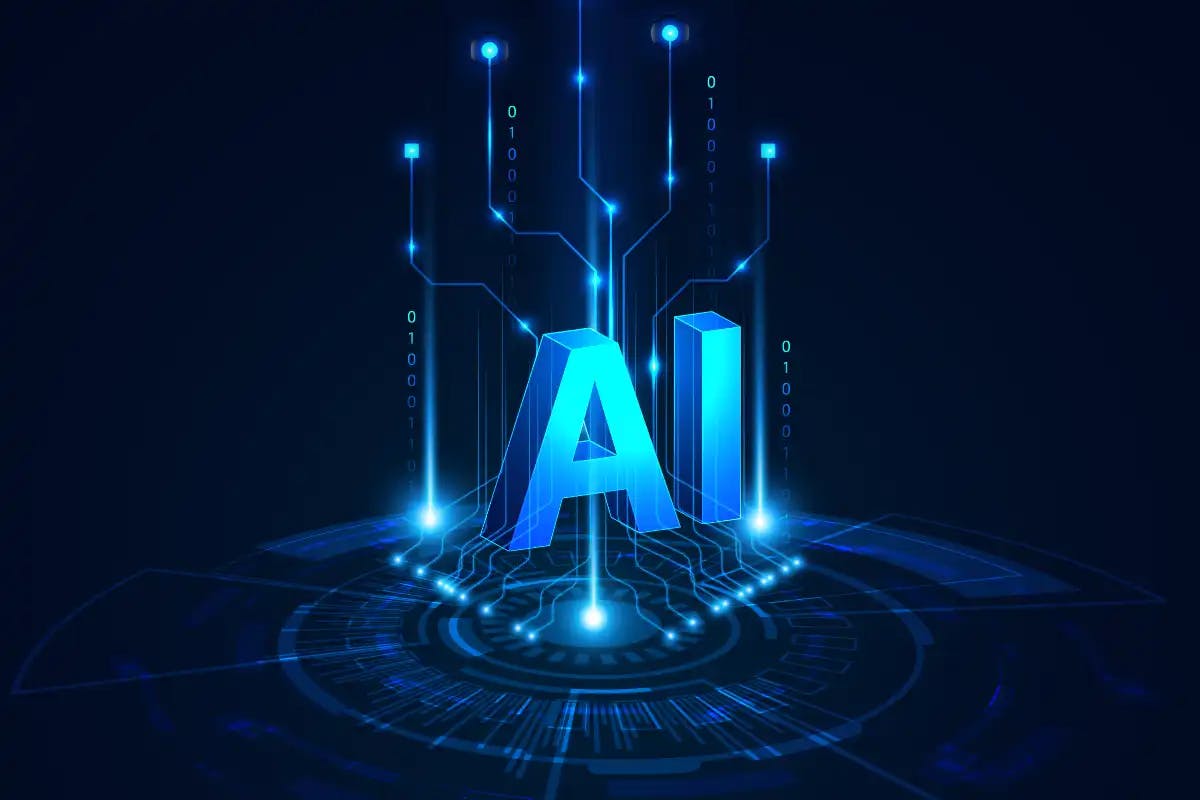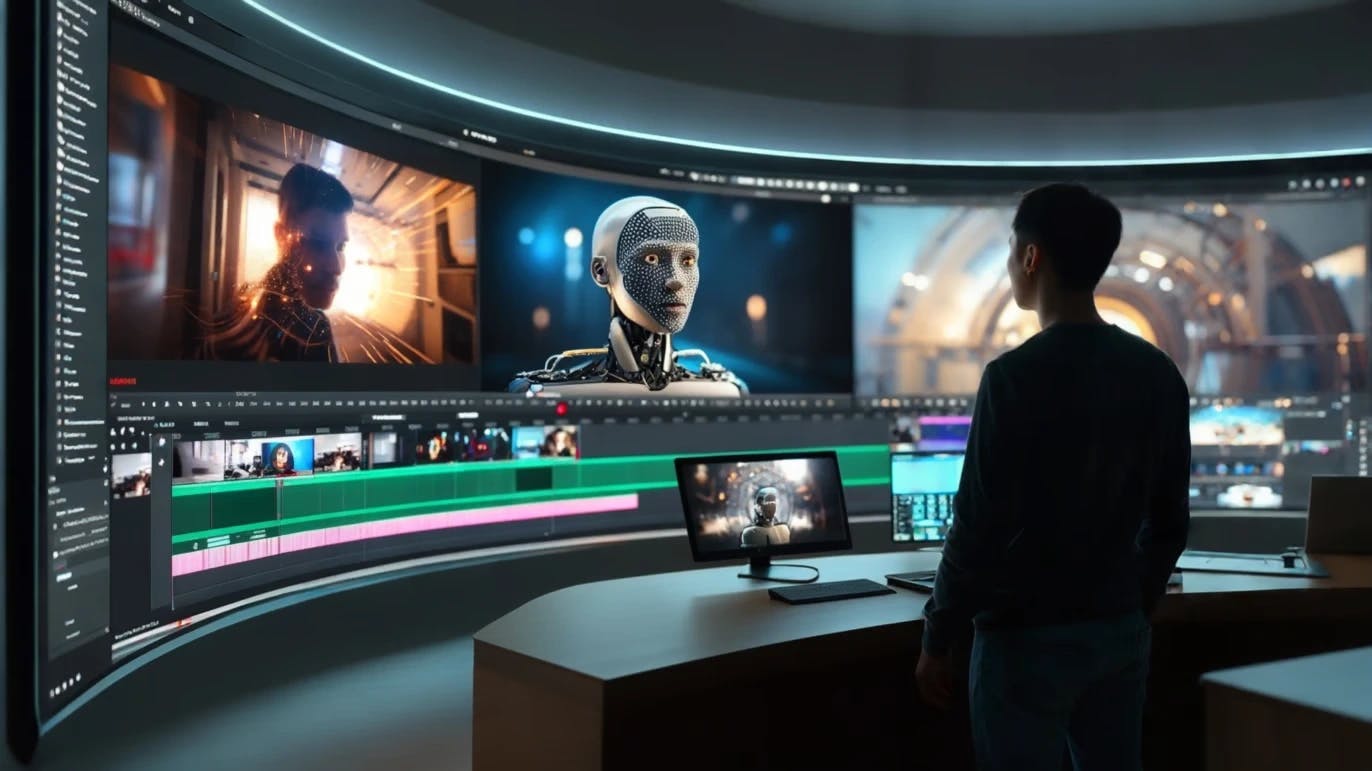


In our interconnected world, video content is crucial for communication. With over 7,000 languages spoken globally, translating and localizing videos has been complex and costly. Traditional methods like subtitles and dubbing are slow, expensive, and often inconsistent, making seamless communication across languages and cultures difficult.
AI-powered video editing tools are changing this. These tools make translation and localization faster, more accurate, and cost-effective. For example, Vidnoz AI supports translation in over 140 languages, preserving the original speaker’s tone and emotions. This speeds up the process and improves the quality and reach of video content. Research shows AI tools can cut translation costs by up to 50% and boost efficiency by 60%.
By using these advanced AI algorithms, content creators can easily connect with diverse audiences worldwide, ensuring their message resonates globally.
Subtitles and dubbing have long been the go-to methods for translating video content. Subtitles involve overlaying translated text on the screen while dubbing replaces the original audio with a voiceover in the target language. Although these methods are effective, they come with several drawbacks:
Subtitles
While they are cost-effective and relatively easy to produce, subtitles can distract viewers from the video's visual aspects. For fast-paced content or visually complex scenes, reading subtitles can be a distraction.
Dubbing
Dubbing aims to provide a seamless experience by replacing the original dialogue with a translated version. However, it often leads to mismatches between the characters’ lip movements and the audio and can be expensive due to the need for voice actors and additional recording sessions.
The traditional translation process is labor-intensive. Translators need to convert scripts, synchronize translations with visuals, and edit the final product. Each step requires meticulous attention to detail and can be very time-consuming.
For example, manual transcription and translation of a 30-minute video can take several days, especially if multiple languages are involved. This extended timeline can delay the release of content and increase production costs, making it less feasible for companies to cater to diverse global audiences.
Human translation is prone to errors, particularly when dealing with complex language structures or regional dialects. Maintaining consistency across different language versions can be challenging, and nuances specific to regional dialects may be lost in translation.
For instance, idiomatic expressions or cultural references might not translate directly, resulting in content that feels out of place or irrelevant to local audiences. Ensuring that every translated version maintains the same quality and emotional impact as the original can be a significant hurdle.
AI-powered video editing tools, including an AI video generator, are revolutionizing the process of video translation and localization.These tools leverage machine learning, natural language processing (NLP), and deep learning to automate and streamline tasks that were once done manually. From transcription and translation to audio synchronization, AI tools handle it all with remarkable efficiency.
For example, AI tools can transcribe spoken words into text in seconds, and then translate that text into multiple languages almost instantaneously. This automation significantly reduces the time and effort required for manual translation and allows for rapid scaling of video content.
Read more:
Boost ROI with Personalized Video Marketing: Metrics and Tips
How to Create an AI Video-Based E-Learning Platform? A Step-by-Step Guide
One of the most impactful applications of AI in video editing is speech recognition. AI systems can convert spoken words into text with high accuracy, even in noisy environments or with various accents. This text can then be translated into multiple languages using advanced Natural Language Processing (NLP) algorithms.
NLP allows AI to understand the context of the dialogue, including idiomatic expressions and cultural references. This means that translations are not just literal but also contextually appropriate, preserving the meaning and tone of the original content.
The advantages of using AI-powered video translation are substantial:
Improve efficiency and accuracy in video localization with Codiste's AI solutions
Speech-to-text technology is a cornerstone of AI-powered video tools. It automatically converts spoken dialogue into written text, making it easier to translate and localize content. This technology supports various accents and dialects, ensuring that transcripts are accurate and reliable.
Natural Language Processing (NLP) helps AI understand the meaning behind the words. This means that translations are not only correct but also culturally appropriate. NLP can interpret idiomatic expressions and regional dialects, ensuring that the content feels natural and relatable to local audiences.
Voice synthesis is another game-changing feature. AI can generate localized voiceovers that match the tone and style of the original speaker. This eliminates the need for manual dubbing and allows businesses to produce voiceovers in multiple languages quickly and cost-effectively.
Facial motion tracking technology ensures that lip movements in the video are synchronized with the translated audio. This makes dubbing look more natural and enhances the overall viewing experience by aligning the visuals with the voiceover.
AI tools can auto-generate and embed subtitles in various languages. This feature ensures that subtitles are synchronized with the video’s timing and content, making it easier to reach a broader audience and improve accessibility.
AI excels at adapting cultural references, idioms, and local dialects to ensure that translations resonate with diverse audiences. By understanding cultural contexts, AI adjusts content to reflect regional nuances, making it more relevant and engaging for viewers in different parts of the world.
AI enables tailored content customization for specific regions and languages. It adjusts elements like humor, tone, and formatting to align with local preferences and cultural norms. This ensures that the content feels authentic, relatable, and culturally appropriate, enhancing viewer connection and satisfaction.
Maintaining emotional resonance is key to effective localization. AI-powered tools analyze the emotional tone of the original content and replicate it accurately in different languages. This consistency creates a seamless emotional experience for viewers, ensuring the message remains impactful, no matter their location.
AI-powered video editing tools are transforming video translation and localization. By automating complex tasks and improving translation quality, AI helps businesses create content that connects better with global audiences.
For companies wanting to reach more people, using AI-driven localization tools is key. Codiste, an AI-powered video software development company, offers Media AI solutions that make localization faster, more accurate, and affordable. These tools help you stay competitive by delivering content tailored to different cultures.
Want to take your video content to the next level? Discover how Codiste’s custom AI services can help you reach and engage audiences worldwide. Contact us today to learn more!



Every great partnership begins with a conversation. Whether you’re exploring possibilities or ready to scale, our team of specialists will help you navigate the journey.